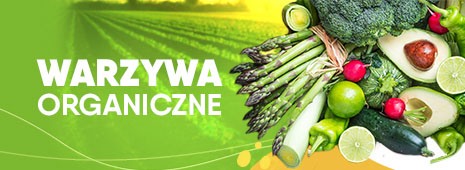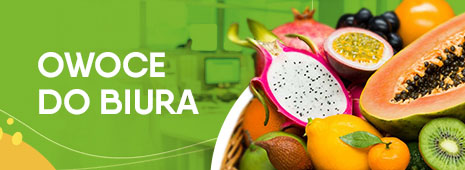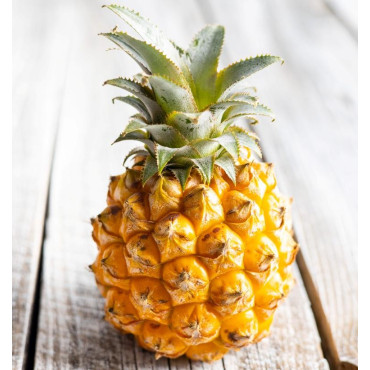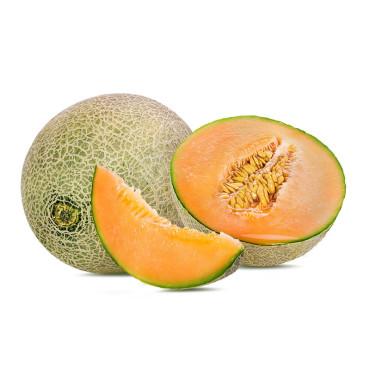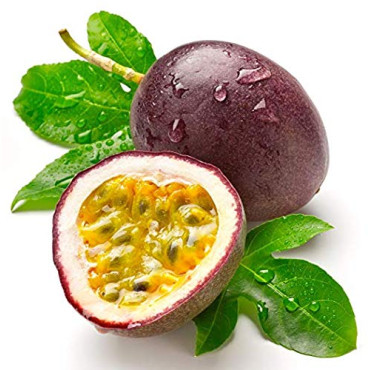Lemon 0,5 kg
6,83zł
- Brand: Fruits Today
- Product Code: 61
- Availability: In Stock
Lemons are popular all over the world for their distinctive, complex, sour taste. These yellow citrus fruits with an oval shape grow on evergreen flowering trees and are grown both for commercial purposes and in backyard gardens around the world. Lemons grow in a mild, warm climate, such as in Mexico, California and India, and are used to add shine and depth to all kinds of sweet and savory dishes and drinks. The fruits are harvested for their juice and peel, and the oil from the peel can be used on its own as an essential oil or in cleaning products.
What are lemons?
Lemon is a bright yellow citrus fruit known for its sour juice. The fruits are harvested for several months a year, and the timing of their collection depends on the geographic location of the tree. This allows fresh lemons to be available all year round in many parts of the world. The fruits can be dried, candied, preserved, juiced, and used in drinks or as an addition to many dishes.
Varieties of lemons
Almost all lemon varieties sold in North America are either Eureka or Lisbon. These lemons are so similar - medium-sized, oval, pale yellow inside and out, with a small amount of seeds and a bright, sharp flavor - that consumers can't tell them apart. If you are buying a lemon in the supermarket, you are buying one of these two varieties.
Meyer lemons, a cross between a lemon and a mandarin orange, are available in some specialty stores during the winter. These lemons have a thin, deep orange-yellow skin, are smooth rather than bumpy, and have a sweet, floral, citrusy juice and flesh.
Cooking with lemons
Before using lemons, wash and dry them to remove the external layer of wax that is usually sprayed on their surface before shipping. What you do next will depend on the recipe instructions. If it calls for the use of lemon peel, leave it intact and use a zester or very fine grater to remove the skin, being careful to remove only the outermost layer and avoid the bitter white pith. You can also remove the skin with a sharp knife or vegetable peeler and use it whole or ground.
If the recipe calls for lemon juice, cut the lemon in half, holding the stem on one side and the pointed end on the other (across the segments). Use a citrus reamer or juicer to extract the juice, or simply squeeze it by hand. Note that in this way, some seeds and pits will also be left behind, so straining the juice may be necessary.
Lemon juice can be used raw in desserts, savory dishes and drinks or after cooking. Wedges and slices are often served with seafood and as a garnish for drinks, to be squeezed on top for an extra kick of lemon flavor.
Almost all lemon varieties sold in North America are either Eureka or Lisbon. These lemons are so similar - medium-sized, oval, pale yellow inside and out, with a small amount of seeds and a bright, sharp flavor - that consumers can't tell them apart. If you are buying a lemon in the supermarket, you are buying one of these two varieties.
Meyer lemons, a cross between a lemon and a mandarin orange, are available in some specialty stores during the winter. These lemons have a thin, deep orange-yellow skin, are smooth rather than bumpy, and have a sweet, floral, citrusy juice and flesh.

